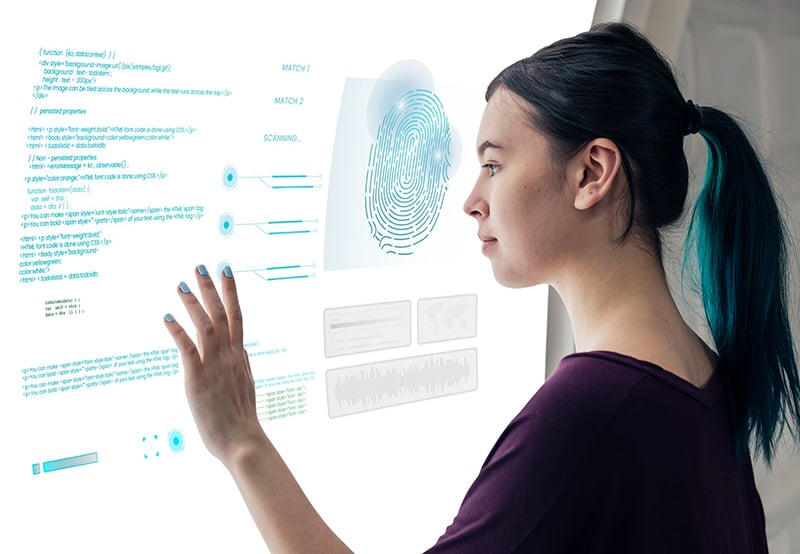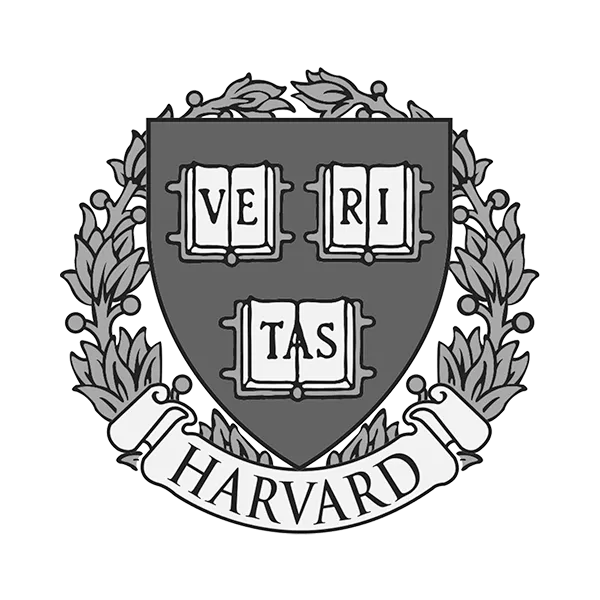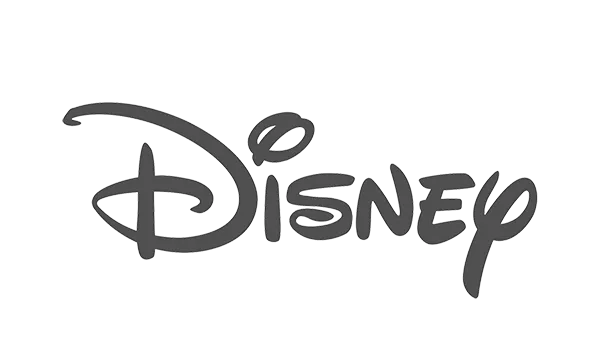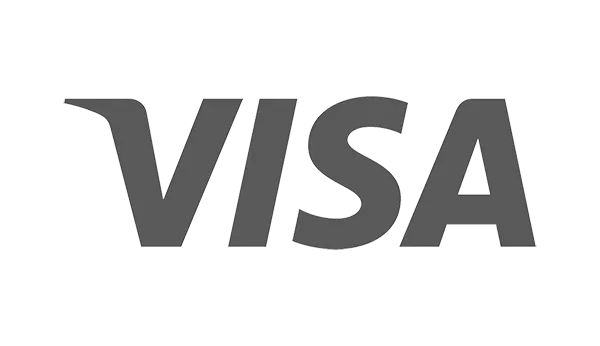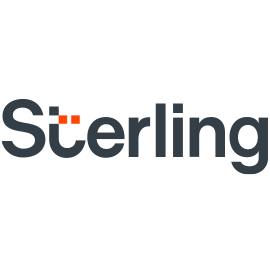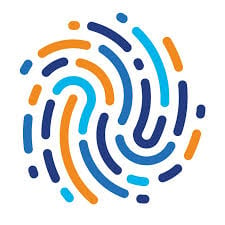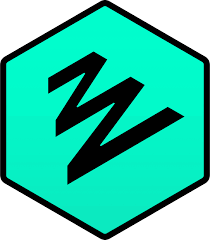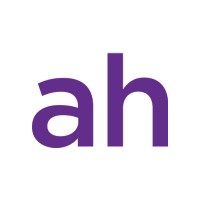AI Applicant tracking systems (ATS) are designed to optimize every step of the hiring process. From scanning resumes for key skills and qualifications to predictive analytics that can identify potentially successful qualified candidates, these systems are becoming a central part of modern human resources and recruitment strategies.
For employers, this means a quicker and more efficient hiring process. For job seekers, it is a new landscape to navigate. By integrating AI into ATS systems, companies are not only automating administrative tasks but also enabling sophisticated analysis of candidate data.
The latest ATS statistics show that 25% of businesses plan to implement AI-driven ATS software by 2027.
But what does this evolution mean for your business, and how can you ensure that these tools are used responsibly and effectively? In this article, we will delve into the features, benefits, drawbacks, and ethical considerations of using AI in applicant tracking systems.
AI-Driven ATS Features
As technology has evolved, so have applicant tracking systems. Today, they are instrumental in candidate sourcing and in helping recruiters match potential hires with specific job requirements. Most platforms, from feature-packed enterprise solutions to free ATS software, now incorporate AI in some way.
The World Economic Forum’s research indicates a sustained and increasing interest from business leaders in emerging technologies. Among these, AI stands out as a particularly high priority, in line with trends toward cloud computing, big data, and e-commerce.
This interest in AI has certainly been reflected in the evolution of ATS systems and their AI-driven features, which include:
- Resume Parsing and Ranking
- Candidate Engagement
- Predictive Analytics
- Diversity and Inclusion Tools
- ATS Re-engagement
Resume Parsing and Ranking
Modern ATS systems, powered by AI, can parse through large volumes of applications, quickly identifying and ranking the best candidates based on a variety of complex factors, including criteria set by the recruiter or hiring manager, desired skills and experience, and potential cultural fit.
This feature uses natural language processing (NLP) to interpret the content of resumes and assigns scores based on how well a candidate’s qualifications match the job description. This means you can instantly identify top talent from your applicant pool, saving countless hours you would have spent manually reviewing resumes.
How Do You Use It?
Customize the candidate screening criteria based on the specific skills, experience, and qualifications essential for your open position. Regularly update these criteria to adapt to the evolving needs of your company and ensure that you’re always finding top candidates with the most relevant skills and work experience.
Candidate Engagement
AI recruiting capabilities assist recruiters in nurturing a talent pipeline and maintaining a quality talent pool. An AI-driven ATS can automate communication with candidates, schedule interviews, and even predict a candidate’s future success in a role based on historical data and sophisticated algorithms.
In addition, AI-driven recruiting chatbots in ATS systems can interact with candidates in real-time, answering their questions, providing information about the company culture, and updating them on their application status. These chatbots can provide a consistent and engaging experience for candidates, improving their perception of your company while also saving your HR staff valuable time.
How Do You Use It?
Use chatbots to screen candidates by asking preliminary interview questions. This allows you to quickly gauge a candidate’s suitability and interest in the position before a human recruiter invests time in an interview.

Predictive Analytics
Before the integration of artificial intelligence, applicant tracking systems operated primarily as digital filing cabinets. The best a recruiter could hope for was the ability to do basic keyword searches.
For hiring professionals, this meant manually reviewing each application— to physically screen resumes and sort them based on qualifications and other metrics— an often laborious and time-consuming task. By nature, this process also involved some subjective calls on how suitable a candidate would be and their expected tenure (i.e. quality of hire).
Modern, AI-driven recruiting tools are able to handle this review process with due consideration for each candidate. Predictive analytics in an ATS uses past hiring data to forecast outcomes, such as how well a candidate will perform in a role or how long they are likely to stay with the company. This feature helps you make more informed, data-driven decisions, optimizing your recruitment strategy over time.
How Do You Use It?
Regularly review the predictions made by your ATS and compare them with actual outcomes. This feedback loop allows you to refine the system’s algorithms, making the predictions more accurate and useful over time.
Diversity and Inclusion Tools
To address unconscious hiring bias, some AI-driven ATS systems are equipped with tools that anonymize applications, removing identifying information such as names, photos, and addresses.
This allows recruiters to focus on a candidate’s qualifications, skills, and experience without being influenced by demographic details. This ATS feature enables companies to have a more inclusive hiring funnel and, as a result, a more diverse workforce.
How Do You Use It?
Use these tools in conjunction with a comprehensive diversity and inclusion strategy. Ensure that all members of your hiring team are trained on the importance of equitable recruiting practices. Regularly assess and adapt this strategy to ensure its effectiveness and alignment with your company’s values.
ATS Re-engagement
AI-driven ATS systems can automatically re-engage past candidates for new job openings that align with their skills and experiences.
For recruiters, this means access to an existing, pre-vetted talent pool that you can tap into before sourcing new candidates, saving both time and resources. Imagine not having to start your candidate search from scratch every time a new position opens up— your ATS could already host a goldmine of potential matches based on previous applications.
How Do You Use It?
Periodically review and update the candidate pool in your ATS. Reach out to past applicants with personalized messages when new opportunities arise that match their skills and experience.

Examples of ATS Software With Great AI Integration
AI ATS systems are designed to smartly engage, evaluate, and rank candidates using cutting-edge algorithms.
Here are some standout examples of ATS software with exceptional AI integration:
HireEZ
HireEZ is an AI-powered ATS that uses machine learning to automate tasks such as resume screening, interview scheduling, candidate sourcing, and matching. HireEZ claims to have helped its customers save an average of 70 hours per month on recruiting.
Case Study: Poshmark, a leading social commerce marketplace with 430 employees, needed a platform to efficiently fill numerous open positions as they expanded. With HireEZ, Poshmark achieved 40% less time spent on sourcing, a 75% increase in response rates, and a 60% increase in the number of qualified leads.
BambooHR
BambooHR offers a variety of AI-powered features, such as candidate scoring based on job requirements, interview scheduling, and chatbots. BambooHR claims to have helped its customers reduce their time to hire by an average of 25%.
Case Study: In two years and three months, BambooHR saved Architrave more than €20,000 (US$22,000) in costs related to job board maintenance, updating job posts on multiple job boards, and tracking conversion across different channels.
SmartRecruiters
SmartRecruiters uses AI to automate tasks such as resume screening, candidate matching, and interview scheduling. SmartRecruiters claims its AI-driven ATS has helped customers reduce their time to hire by an average of 50%.
Case Study: After teaming up with SmartRecruiters, Equinox experienced a 45% increase in applications and saw a new hire increase of 9%.
Jobvite
Jobvite offers a variety of AI-powered features, such as candidate scoring, interview scheduling, and chatbots. According to Jobvite, these AI features have helped its customers reduce their time to hire by an average of 30%.
Case Study: After implementing Jobvite, Savers saw an unprecedented surge in applications— from around 6,000 to over 25,000 in a week. This not only filled more than 1,200 jobs but decreased their time-to-fill by nearly 30%.
These case studies illustrate the transformative potential of AI in recruitment. Whether you are a rapidly expanding startup, an established corporation, or something in between, AI-driven ATS solutions can save you time and money while connecting you with the right candidates more efficiently and effectively. With the various pricing options available, companies of all sizes can find a solution that fits their budget.
4 Benefits of AI in ATS Systems
Key benefits of leveraging AI in applicant tracking systems include improved efficiency, enhanced candidate experience, data-driven decision-making, and reduced human bias.
Improved Efficiency
AI can drastically speed up the recruitment process. By automating tasks like resume screening and interview scheduling, AI allows your recruiting team to focus on what they do best: engaging and evaluating top talent. Imagine reclaiming hours each week that were once lost to mundane administrative tasks – with AI, this is your new reality.
Enhanced Candidate Experience
Candidates expect prompt and personalized communication. AI, through features like chatbots and automated messaging, enables your ATS to keep candidates engaged and informed at every stage of the application process. This not only improves the candidate’s perception of your organization but may also encourage them to advocate for your brand, win or lose.

Data-Driven Decision-Making
AI in your ATS can systematically analyze vast amounts of data to uncover insights that might otherwise go unnoticed. By using machine learning algorithms, your system can rank candidates based on objective, quantifiable criteria, enabling you to make hiring decisions that are rooted in solid data, not just gut feeling.
Reduced Human Bias
Perhaps one of the most transformative potentials of AI in recruitment is its capacity to reduce unconscious bias.
Lareina Yee, Senior Partner at McKinsey, believes AI recruiting has a part to play in the growing awareness and actionable steps toward creating more equitable hiring and onboarding processes. In an interview for McKinsey, she said: "Looking at social media, how do people talk about certain capabilities? You may find there are better words to associate with those who have those skills. Think of a world where you want to be able to find candidates who have amazing experience from learning on the job but don’t have PhDs or college degrees. I’m optimistic that this could open more doors for folks like that."
As you integrate AI into your ATS, you are not just streamlining your recruitment process — you are potentially revolutionizing the way your organization identifies and engages with talent.
4 Drawbacks of AI in ATS Systems
While AI integration in applicant tracking systems offers remarkable benefits, it also comes with its own set of challenges. Four potential drawbacks of AI applicant tracking systems are the risk of algorithmic bias, privacy and data security concerns, dependence on data quality, and cost.
Risk of Algorithmic Bias
AI systems learn from historical data, and if this data contains biases, the AI models can inadvertently perpetuate these biases. A 2020 report from Harvard Business School (HBS) and Accenture titled Hidden Workers: Untapped Talent found that candidates who had gaps in work histories or lacked college degrees were often disqualified by automated screening tools, despite potentially being highly competent.
Solution: Regularly review and update your AI algorithms and train them with diverse and unbiased data. Work with a diverse team when setting the criteria that the AI will use, ensuring that it doesn’t inadvertently discriminate against certain groups.
Privacy and Data Security Concerns
Collecting and analyzing candidate data raises significant privacy and data security concerns. Job applicants need assurance that the personal information on their candidate profiles will be handled with the utmost care. This is especially important with respect to ATS background checks.
Solution: Ensure your ATS complies with all relevant data protection regulations, such as the GDPR in Europe or the CCPA in California. Clearly communicate your data usage policy to candidates and rigorously secure all collected data.
Dependence on Data Quality
The effectiveness of AI depends heavily on the quality of the data it is trained on. Inaccurate or incomplete data can lead to flawed insights and poor decision-making.
Solution: Establish stringent data quality checks and regularly update the training data for your AI algorithms. This ensures that your ATS is making decisions based on the most accurate and current information available.
Costs and Complexity of Implementation
Implementing AI into an ATS can be complex and may require a significant initial investment. For example, the best ATS for small business may have AI capabilities but the cost for this size of operation can be a substantial hurdle.
Solution: Begin with a phased approach, starting with one or two AI features that address your most pressing needs. This allows you to realize immediate benefits while keeping initial costs more manageable. As you grow and as the ROI becomes clear, you can consider further investments.
AI Applicant Tracking Systems: Conclusion
AI-driven applicant tracking systems promise efficiency, enhanced candidate experiences, and data-driven insights that can give your company a significant edge in the competitive job market.
However, as with any powerful tool, it comes with its own set of challenges — from algorithmic biases to data security concerns. It's crucial for you to be proactive, continuously reviewing and refining your system's algorithms and ensuring rigorous data security measures.

